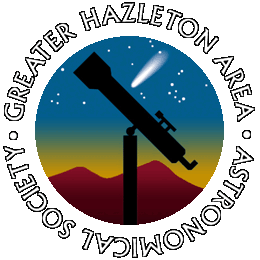Here are some notable comets to keep an eye on for November 2025, from your northern-hemisphere location (Hazleton, PA) and compatible with equipment like the SeeStar S30 / S50. Comets are inherently unpredictable (brightness, tail structure, viewing angle), so treat these as “possible” rather than guaranteed showpieces.
🔭 Key Comets to Watch
C/2025 A6 (Lemmon)

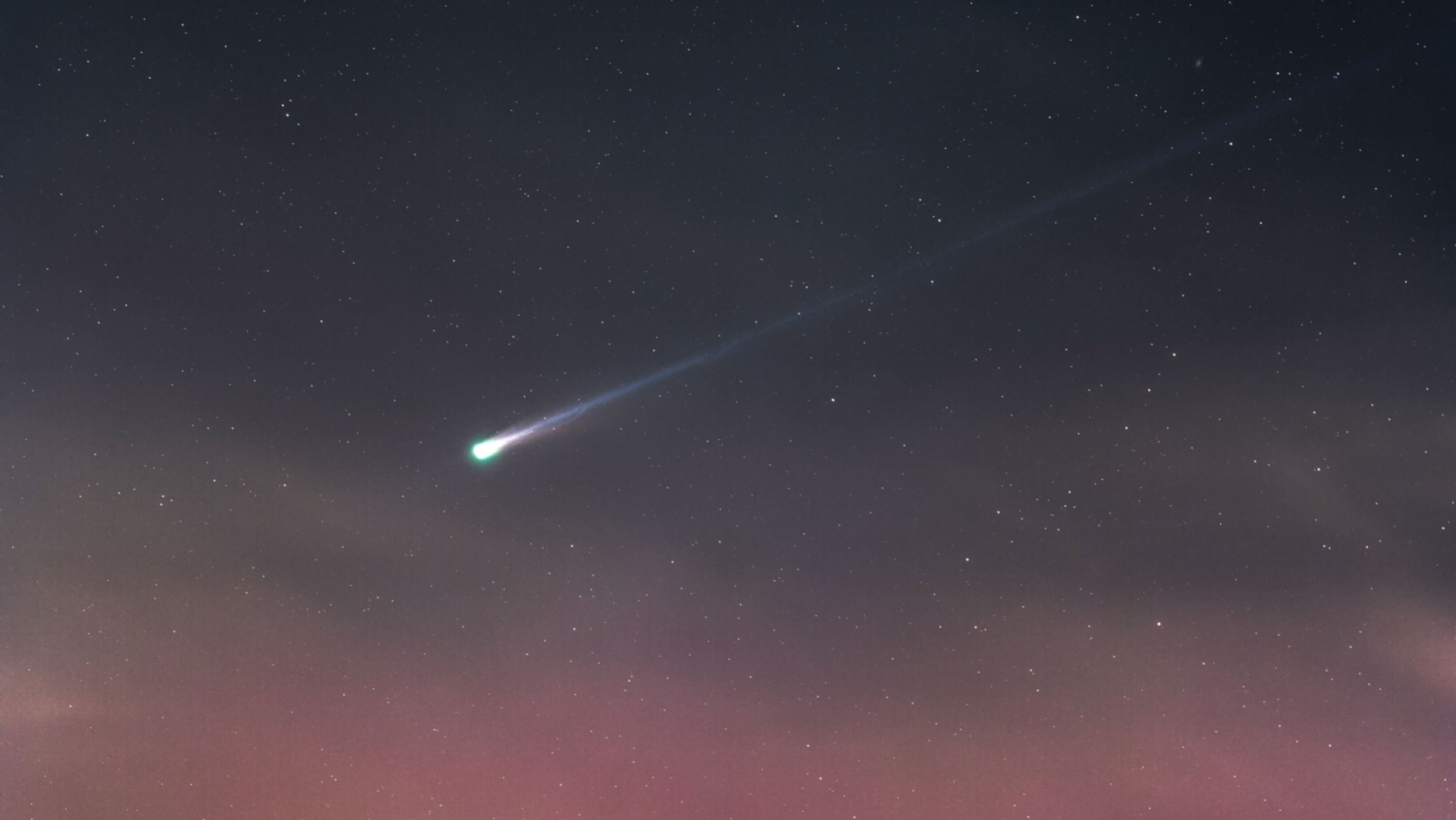
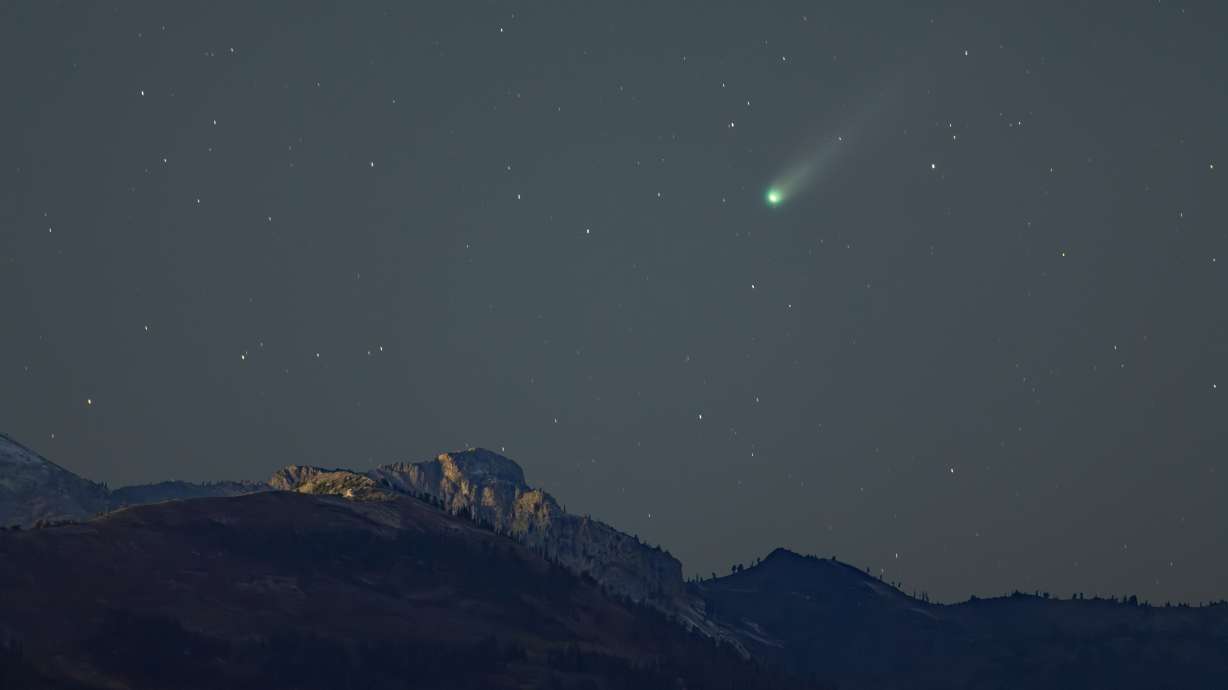
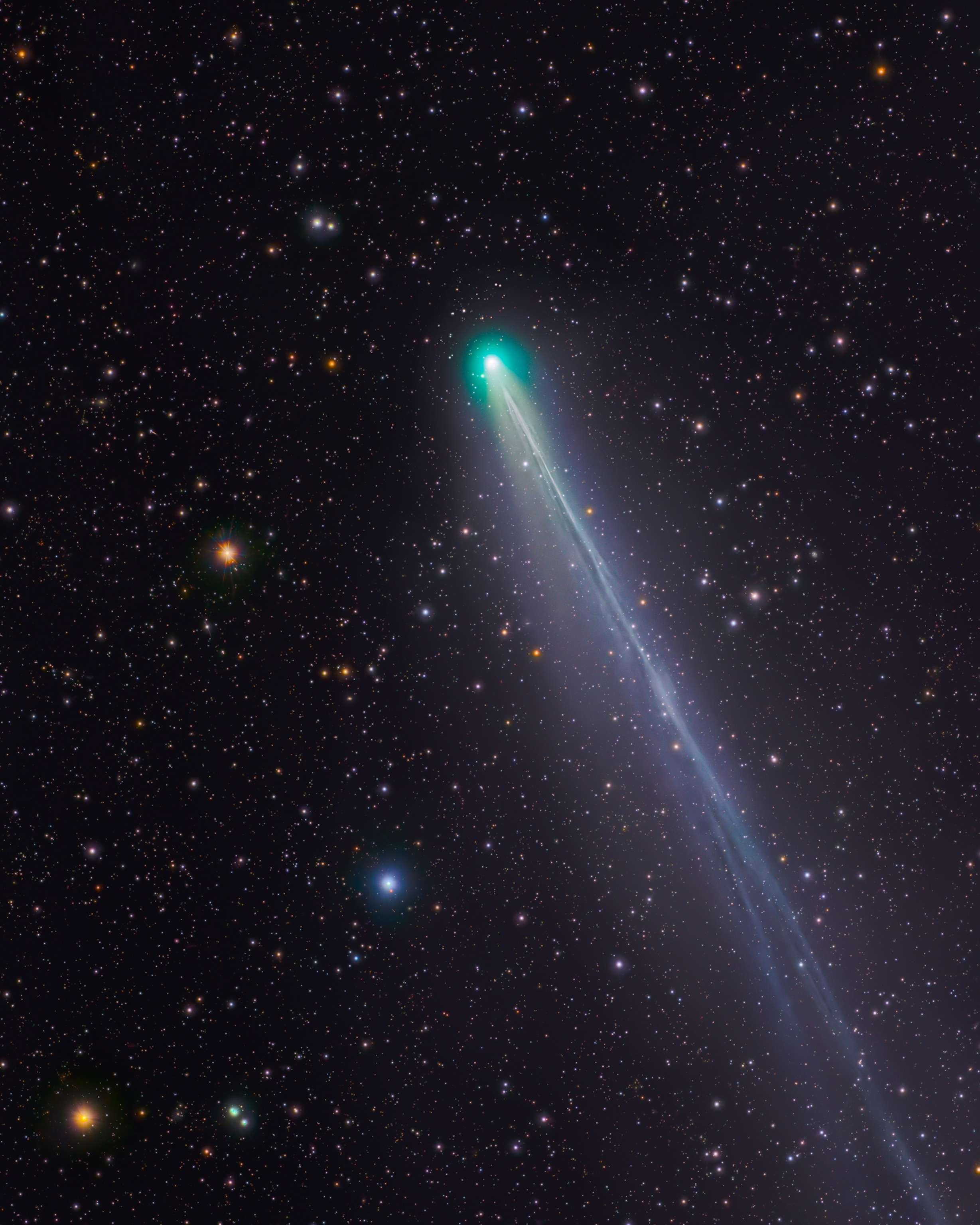
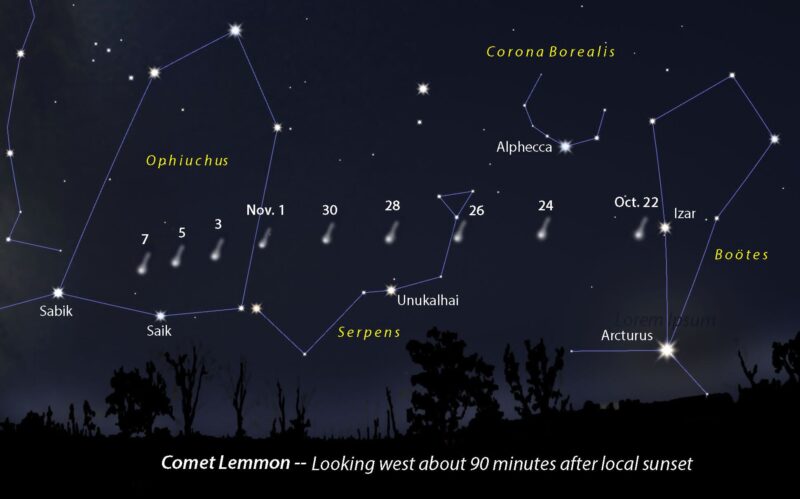
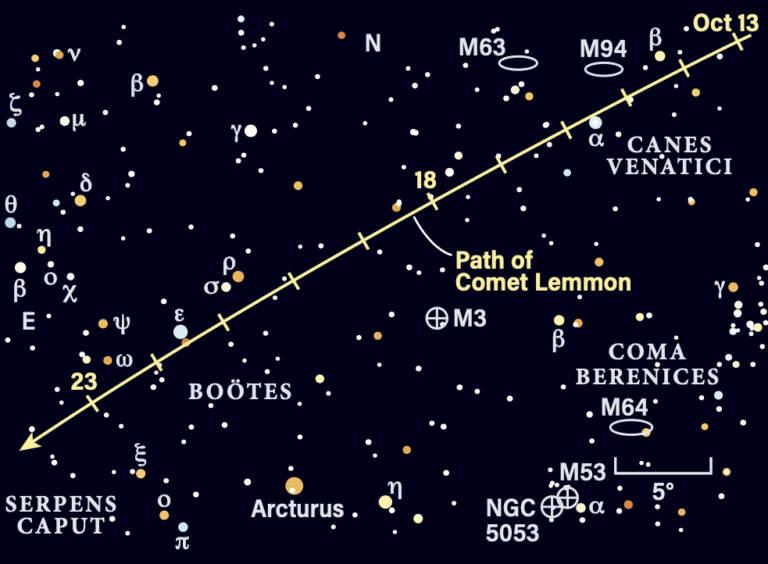
- This comet is expected to be one of the brightest of the year, and from recent coverage may reach near-naked-eye level under dark skies. (People.com)
- Its closest approach to Earth is reported around 25 November 2025 at ~0.403 AU. (TheSkyLive)
- It reaches perihelion (closest to Sun) approx 8 Nov 2025. (earthsky.org)
- Viewing tips: Because of its bright potential and relatively wide field tail, this is a strong candidate for your S30/S50 setups. The S30 would give a very wide field capturing tail+stars; the S50 will provide a tighter field and more detail in the coma.
- Caveats: By November the comet’s geometry may reduce its visibility (sun-proximity, twilight, etc). Monitoring recent ephemerides is wise.
210P/Christensen

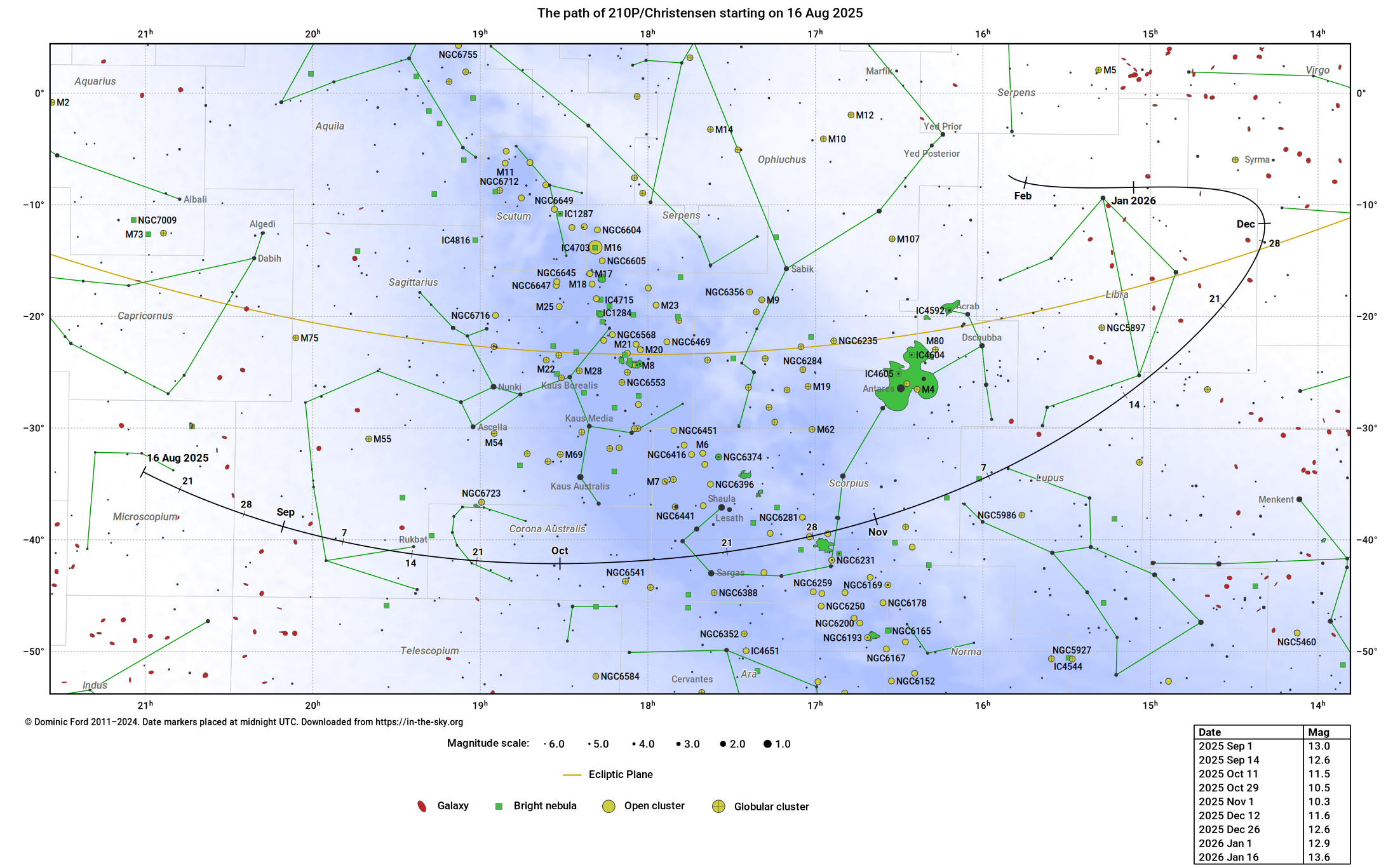
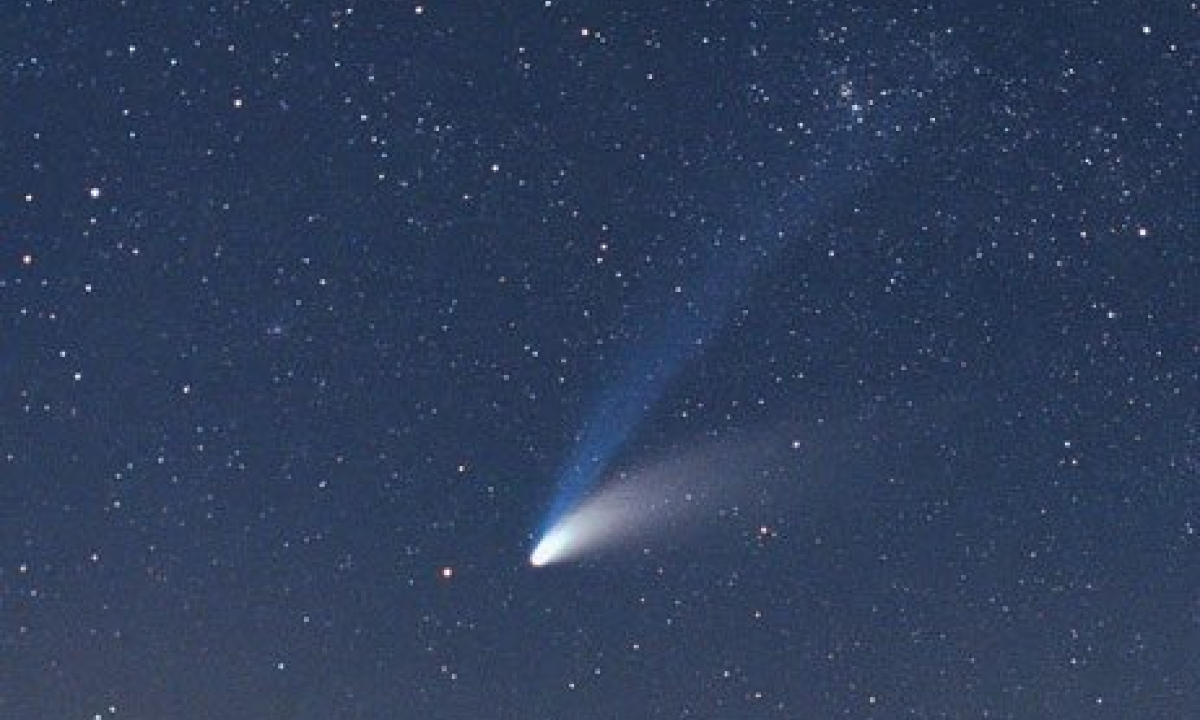

- This periodic comet is scheduled to reach perihelion on 22 Nov 2025 (at ~0.52 AU from Sun) and is predicted around magnitude ~10. (In-The-Sky.org)
- Viewing tips: A magnitude ~10 object will require at least binoculars or better. With your S50 you might capture it (especially with stacking) as a faint fuzz—less of a “wow” target compared to Lemmon, but still valid.
- Caveats: It will be very close to the Sun in the sky (~19° separation) at perihelion, meaning twilight/glare may hamper viewing from northern latitudes. (In-The-Sky.org)
C/2025 K1 (ATLAS)





- According to listings, this comet is expected to be brighter than mag ~12 in the coming months and is flagged for visibility in November. (Astro Van Buitenen)
- Viewing tips: Because it’s fainter (mag ~10-12 or worse) and potentially smaller/tailless, this is less of a high-impact target, but you can attempt it with your S50 (stacking, dark skies).
- Caveats: At this magnitude range, you’ll need good skies, low light pollution, and longer exposures/tracking to make a pleasing image.
📋 Summary Table
| Comet | Approx. Mag* | Best Viewing Window | Suitability with S30/S50 |
|---|---|---|---|
| C/2025 A6 (Lemmon) | Possibly naked-eye in dark skies (~mag 4-6) | Late Oct → early Nov, still viable into Nov | Excellent: S30 for wide field, S50 for detail |
| 210P/Christensen | ~mag 10 | Around 22 Nov (perihelion) | Challenging: S50 with stacking, S30 may struggle |
| C/2025 K1 (ATLAS) | ~mag 10-12+ | November | Use only under good conditions with S50 |
*Magnitudes are estimates — comets are notoriously unpredictable.
🧭 Tips for Observing with SeeStar S30 / S50
- Use the largest field of view your setup allows (S30 gives widest; S50 a bit tighter). For comets with tails, capturing tail + starfield adds drama.
- Use tracking/exposure stacking: Comets move relative to background stars, so choose either stack on stars (comet will trail) or align on comet (stars will trail) depending on target.
- Light pollution matters: Comet tails especially benefit from dark skies; the brighter (Lemmon) you may still see under moderately light-polluted skies, but faint ones (K1, 210P) require darker conditions.
- Check ephemerides for your location and date: RA/Dec, rising/setting times, elongation from the Sun. Especially important because comets near the Sun will be washed out by twilight.
- Weather & lunar phase: A bright Moon can wash out faint comets; plan for moonless or low-moon nights.
- Framing & composition: For outreach/presentations (which you love), consider capturing the comet with a foreground (tree silhouette, telescope setup) for impact. The S30 is ideal for that wide-field “comet+landscape” style.
- Post-processing: For faint comets, apply subtle contrast, bring out tail structure, label or annotate your image (good for your educational materials).
- Expect variability: Even well-predicted comets can fade, fragment, or change appearance dramatically. Keep your schedule flexible.
If you like, I can produce a finder-chart PDF (for your November target list) covering these comets (and any new ones expected) with annotated star-maps (for Hazleton, PA lat ~41° N), suggested exposures for S30/S50, and notes for club-outreach imaging. Would you like that?
